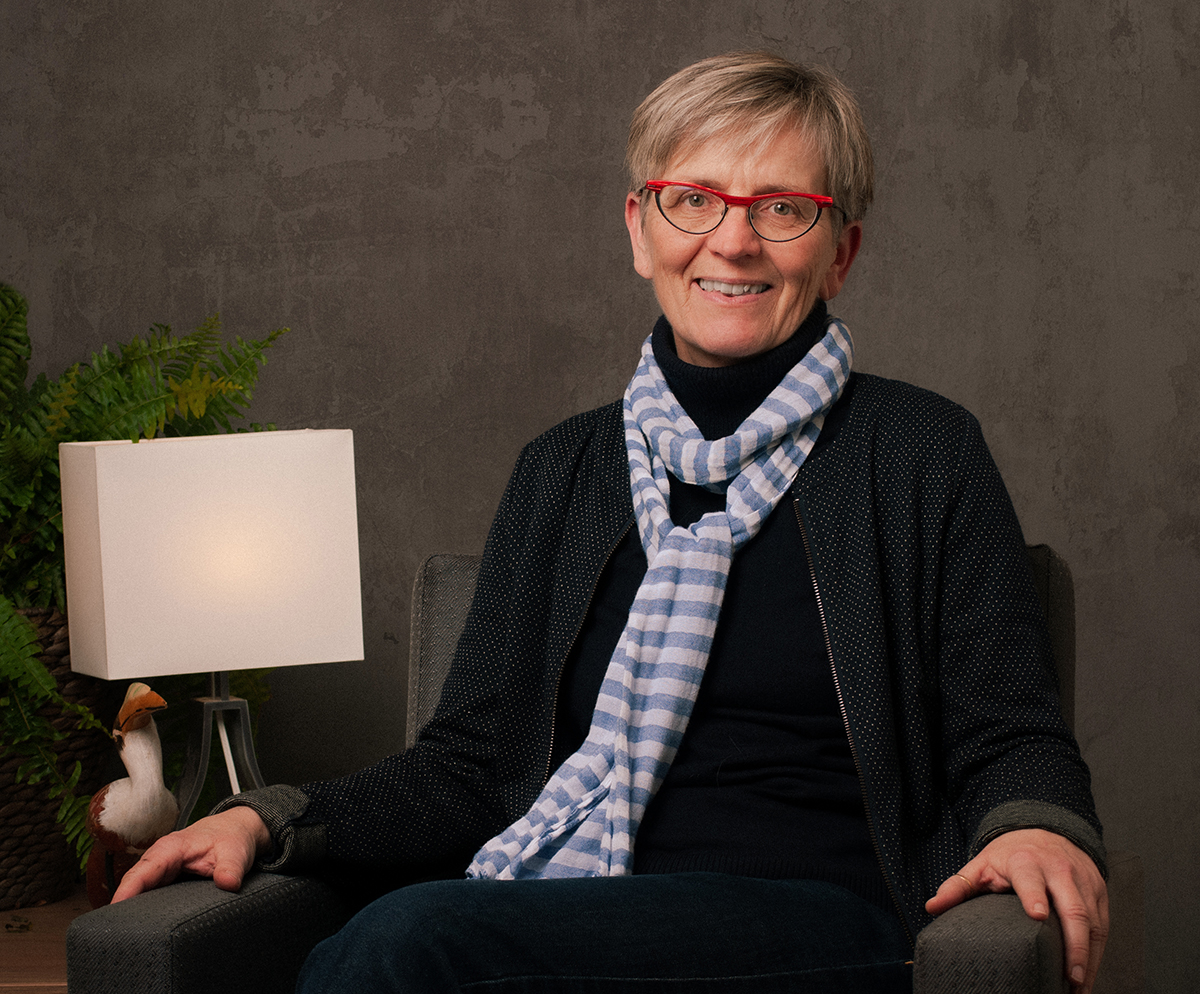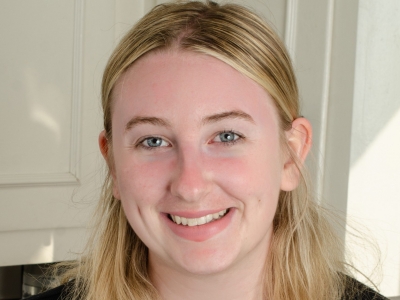By Karen Kelly
Photos by Bryan Gagnon
Professors Doris Buss and Blair Rutherford were both teaching classes when Carleton University quickly pivoted to online learning in March 2020. It wasn’t long before they started to witness the effect the change was having on their students.
“I was teaching a fourth-year class and planned a lot of synchronous activities (in real time) once we went online,” recalls Buss, a professor of Law and Legal Studies. “The amount of anxiety and concern the students expressed was the first indication that they were struggling.”

Doris Buss
Buss worked with Carleton’s Educational Development Centre to adapt to the students’ needs with online learning, but there were many other challenges. Some students had to relocate, others scrambled for technological tools, and some lost jobs. International students were particularly concerned about their status in the country.
At the same time, Rutherford was dealing with similar challenges as chair of the Department of Sociology and Anthropology. In response, he and Buss decided to launch a project looking at how the shift to online classes affected different groups of students.
The pair, together with research partners at Fourah Bay College, University of Sierra Leone and the University of Nairobi (Mombasa campus) in Kenya conducted a pilot study of how the shift to distance education during the COVID-19 pandemic impacted students differently based on their gender, race, socio-economic status, rural/urban location, and disability. Research teams at each of the three universities conducted surveys and interviews with students for an eventual comparison of student experiences in the different countries.
The Carleton Online Experience
While the international teams wrap up their research, Buss and Rutherford are reviewing the Carleton data. They surveyed 181 students between August 2020 and April 2021, while also conducting in-depth interviews with 30 students and Carleton administrators. One of the most striking disparities that emerged involved high-speed internet access.

The researchers found more than one-third of BIPOC men surveyed did not have high-speed internet access in their place of residence. In contrast, 12.9 percent of White men, 22.6 percent of White women, and 22.7 percent of BIPOC women lacked high-speed access in their homes. The majority of students living in rural households also lacked reliable internet.
Buss suspects these disparities became even more pronounced during subsequent lockdowns.
“Cafes, libraries and the university infrastructure itself were important for a number of students who weren’t able to carry out university work at home,” says Buss. “As the lockdowns became more rigid, these workarounds disappeared. Many students now needed to buy, at substantial expense, the items needed for their home work space.”

Blair Rutherford
There were also stark differences in home life. More than half of the students surveyed said their home environment was “not conducive for their studies.”
“Students told us of problems doing their studies in busy households with other family members competing for internet and with family responsibilities,” says Buss. “One student interviewed by our graduate research assistants was the parent of small children who carved out time to work at the university. When it closed, her access to study space was cut off.”
Working from home also meant increased domestic responsibilities—but not for everybody.
“When asked to tally the hours worked per week on domestic responsibilities, surveyed BIPOC and White women performed the most child care, cooking and cleaning,” note Buss and Rutherford in the working paper on their research findings. “However, BIPOC men and women spent significantly more hours per week caring for family members than White women and men. White men, in contrast, were far more likely to say their household responsibilities had stayed the same.”
The researchers note that the university’s quick response and ongoing support during the pandemic had helped both students and instructors. In the case of future lockdowns, they recommend the university find ways to keep the buildings open for students who need both the space and the wi-fi access.
“What we’ve learned is that it’s important for the university administration and the professors to recognize the heterogeneity of our students in terms of infrastructure and time,” says Rutherford. “There is not an average Carleton student; their needs are very diverse.”
Wednesday, December 1, 2021 in Faculty Research, FPA Voices
Share: Twitter, Facebook



